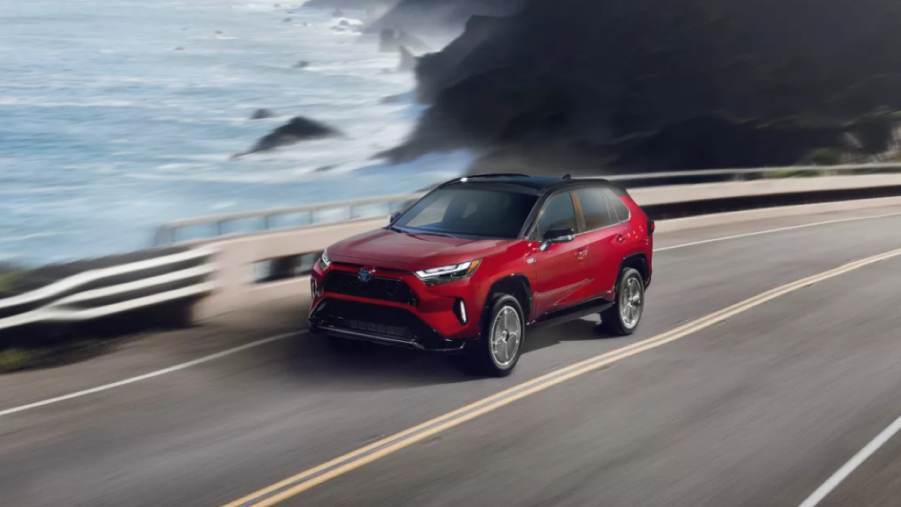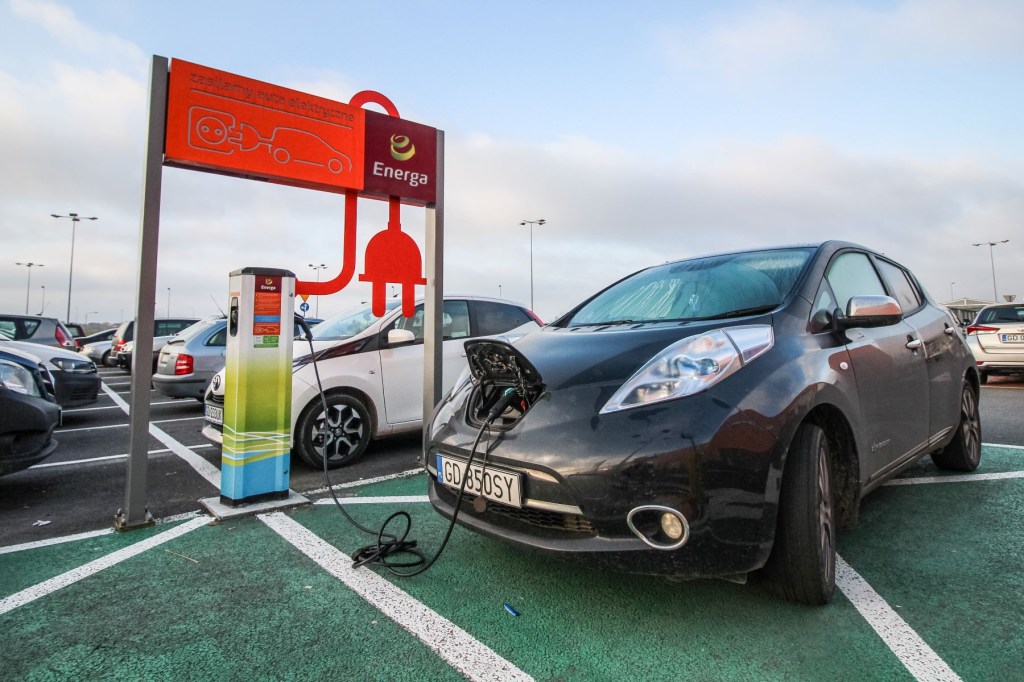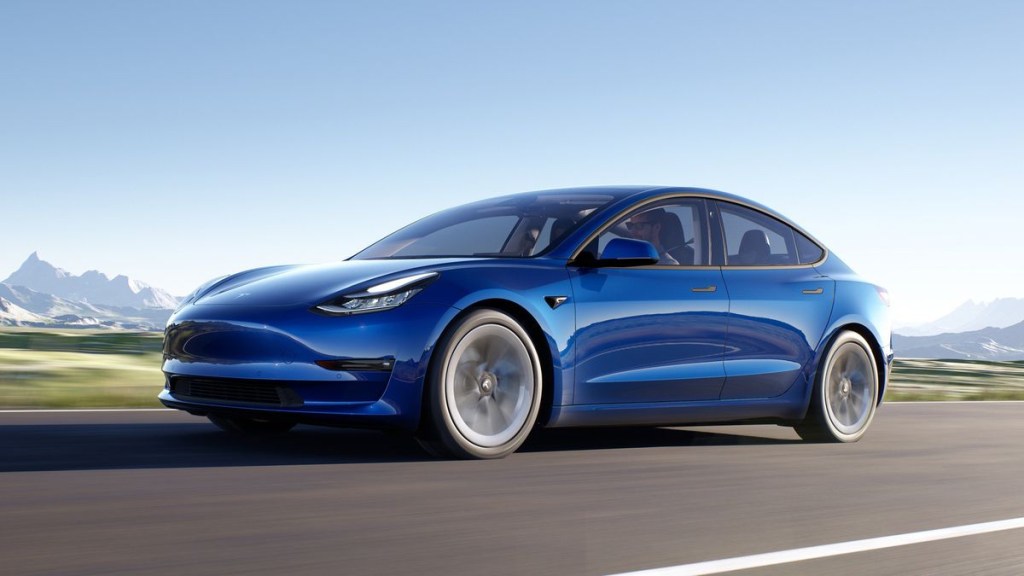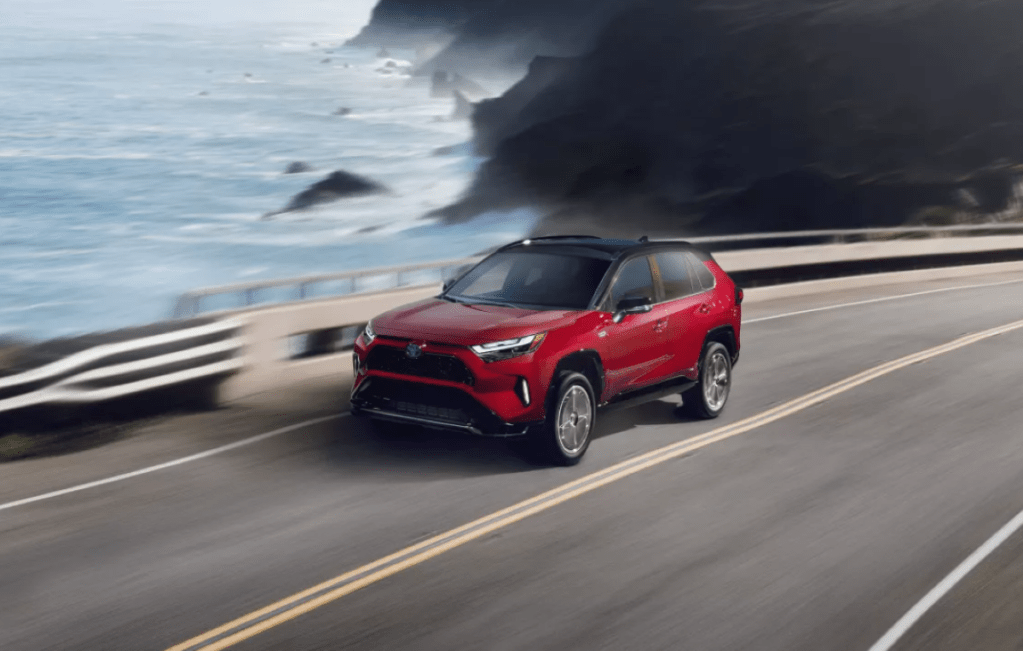
Are We Really Ready for Electric Cars? Buy a Plug-in Hybrid Instead
Are we really ready for EVs? Consumers seem to be hungry for them, and the automakers are cooking them up by the boatload. But that doesn’t mean we are really ready for them. There really isn’t a practical way to live with an EV for most Americans just yet. The infrastructure struggle is real, and without dealing with that first, the EVs will always be hamstrung. Maybe we should look toward the Plug-in hybrid cars for the time being.

Are Plug-in hybrids worth it?
The Plug-in hybrids or PHEVs might be among the sexiest segments. Still, these are a strong middle ground between being a forward-thinking, eco-friendly car buyer and having a car you can actually use without the potential for major headaches.
The PHEVs may not be as “in” as EVs, but for now, Gear Patrol suggests that they are the most practical option that’s still eco-friendly, and I agree.
Is Buying an EV worth it?

It really depends on the person and where they live. Electric vehicles are probably a fine option if you live near chargers and don’t have to drive super long distances regularly. The range for EVs is getting better and quickly. However, the charging situation is only getting marginally better. And let’s not forget the prices for EVs.
Sure, if you are well-heeled and live somewhere where chargers are more plentiful than EVs owners, you probably think this is a silly argument. However, many Americans can’t even pay the high barrier to entry to even buy one, much less figure out how and where to charge it regularly. Millions of homes can not support supercharging, and people who live many miles from the nearest fast-charging option.
What is a plug-in hybrid car?

These are cars that have both a small gas-powered engine and an electric motor. However, unlike regular hybrids, the plug-in hybrids have more electric range but require charging like an EV, just not as much.
For instance, the new Toyota Rav4 Prime is a PHEV that has an electric range of 42 miles. This is an undeniably practical option for many drivers. If you live close-ish to work or work from home, 42 miles could easily last you a week on one charge. But for some reason, if it doesn’t, you can still kick in the gas engine and forget about the range anxiety. Granted, not all PHEVs are quite that efficient. The Volvo XC90 PHEV only gets 18 miles of electric range, as Gear Patrol notes.
Why should you get a plug-in hybrid?
Unlike electric cars, which fundamentally change the cars and trucks, we once loved into futuristic robot cars, requiring a lot of attention and focus, the PHEV tech allows our favorite older models to continue and adapt.
The plug-in hybrid cars are the best option we have right now for enjoyable driving that is also environmentally conscious.
Don’t get me wrong, EVs are great, and all, and nothing will stop their eventual takeover, but that time has not yet come, and in the meantime, taking the smaller step forward might make the big steps easier in the future.



